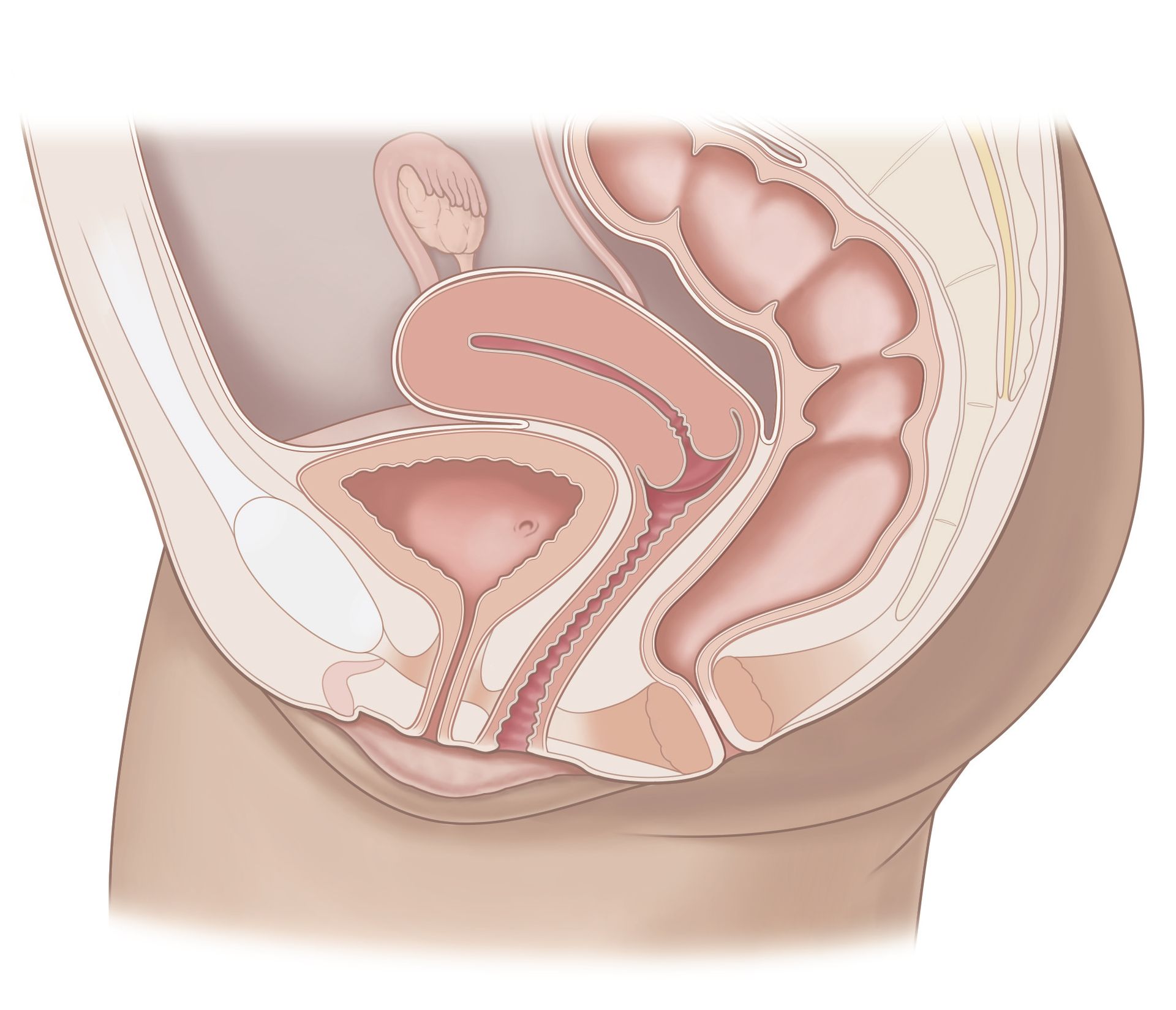
Ever wondered what makes the female body so uniquely designed for life and creation? The female reproductive system is more than just a series of organs—it’s a fascinating, intricate network that plays a crucial role in everything from hormone regulation to overall health. Whether you're a woman or someone looking to understand the body better, the mysteries of this system deserve more attention. Let’s embark on a journey through its anatomy and uncover some jaw-dropping facts along the way.
Anatomy of the Female Reproductive System
The female reproductive system is like a well-coordinated orchestra, with each part playing a critical role in reproduction, hormone production, and even mood regulation. Let’s break it down:
1. Ovaries
The ovaries are two almond-shaped organs located on either side of the uterus. They are responsible for producing eggs (ova) and hormones such as estrogen and progesterone. Each month, one ovary releases an egg during a process called ovulation.
Fun fact: Did you know the ovaries do more than just produce eggs? The hormones they release can impact everything from your mood to your skin health!
2. Fallopian Tubes
Think of the fallopian tubes as the highways where fertilization often happens. After ovulation, the egg journeys through these thin tubes, where it can meet sperm. If fertilization occurs, the embryo travels further into the uterus to begin development.
Fun Fact:
These tubes are lined with tiny, finger-like projections called fimbriae that help "catch" the egg after ovulation—a tiny miracle in motion!
3. Uterus
The uterus, often referred to as the womb, is a muscular organ where a fertilized egg can implant and grow into a fetus. The lining of the uterus thickens each month in preparation for a potential pregnancy and sheds during menstruation if pregnancy doesn’t occur.
Fun Fact:
The uterus can expand dramatically during pregnancy, going from the size of a pear to accommodating a growing baby! It also has the remarkable ability to contract powerfully during childbirth.
4. Cervix
The cervix is the gatekeeper of the uterus, allowing menstrual blood to flow out and sperm to enter. It also produces mucus that changes throughout the menstrual cycle, either aiding or hindering sperm passage.
Fun Fact:
Did you know that the cervix is packed with blood vessels? This rich supply can lead to light bleeding or spotting after sex, especially if there’s any friction or pressure. It’s a reminder of just how sensitive and vascular this area is!
5. Vagina
The vagina is a canal that connects the cervix to the outside of the body. It serves multiple purposes: it is the birth canal during delivery, the passage for menstrual fluid, and the site for sexual intercourse.
Fun Fact: The vagina is a self-cleaning organ with a unique ecosystem of bacteria that helps maintain pH balance and ward off infections.
Let’s not forget our Pelvic Floor
The pelvic floor is a group of muscles and connective tissues that form a supportive hammock across the bottom of the pelvis, playing a crucial role in supporting the bladder, uterus, and rectum. Maintaining pelvic floor health is vital for women, as these muscles help control urinary and bowel functions, support sexual health, and facilitate childbirth. Weakness or dysfunction in the pelvic floor can lead to issues such as incontinence, pelvic pain, and prolapse. Regular pelvic floor exercises, such as Kegels, reformer pilates and awareness of pelvic health can significantly enhance overall well-being and quality of life. Prioritizing pelvic floor health is essential for every woman, as it directly impacts both physical and emotional wellness.
Fun Fact:
The pelvic floor muscles can enhance sexual pleasure by allowing for greater control and strength during arousal and orgasm.
Importance of Reproductive Health
Maintaining reproductive health is vital for overall well-being. Regular check-ups, understanding one’s menstrual cycle, and being aware of changes in the body can help detect issues early on.
Tips for Maintaining Reproductive Health:
- Regular Gynecological Exams: Essential for monitoring reproductive health and early detection of issues.
- Fun Fact: In observational studies, Pap smears can reduce cervical cancer deaths by, in some studies, up to 92%. The key concept is that early detection through Pap smears and HPV testing can catch precancerous cells or early-stage cervical cancer before it becomes life-threatening.
- Fun Fact: A Well-Woman exam is not the same as a Pap smear. While Well-Woman exams are recommended annually and play a crucial role in overall preventive health, Pap smears are specifically for cervical cancer screening. The recommended frequency for Pap smears depends on your age and health history.
- Regular Breast Exams Early detection through breast exams and mammograms is crucial for improving outcomes and reducing the risk of breast cancer-related deaths. Self-breast exams help you become familiar with your body and can alert you to any changes that may require medical attention. Regular mammograms can identify tumors at an earlier, more treatable stage, which can make all the difference in survival rates.
- Fun Fact: Women who participated in mammography screening had a statistically significant 41% reduction in their risk of dying of breast cancer within 10 years.
- Healthy Lifestyle Choices: A balanced diet, regular exercise, and avoiding smoking and excessive alcohol can positively impact reproductive health. For personalized guidance on lifestyle choices, don’t hesitate to consult your OB-GYN during your annual check-up. They can help you develop a plan that’s right for you, boosting your overall reproductive and long-term health.
- Fun Fact: Meeting the minimum for moderate and vigorous activity (150 -300 minutes per week) can reduce cardiovascular disease mortality by 22% to 31%. A separate study published in JAMA Oncology shows that small amounts of vigorous intermittent lifestyle physical activity were associated with lower cancer risk.
The female reproductive system is a remarkable and complex network that plays a vital role in life. With knowledge comes empowerment—enabling informed decisions about health, family planning, and overall wellness.
By taking the time to educate ourselves and others about women's reproductive health, we can foster a more supportive and informed community. Remember, your body is a masterpiece—embrace it, understand it, and take care of it!



Don’t just get seen, get taken care of.
Questions? Call or book an Intro Call with a member of our team.
© 2024 All Rights Reserved
Almond
